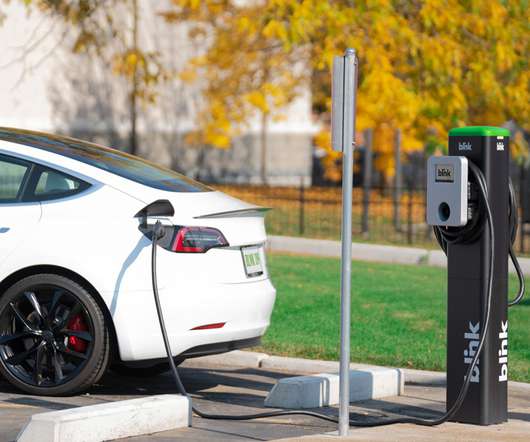Northwestern/Princeton study explores air quality impacts of aggressive conversion to EVs
Green Car Congress
APRIL 15, 2019
solar, wind, hydroelectric, and nuclear) as compared to the eastern US (EUS), where the electricity market is dominated by pollutant and precursor emitting combustion sources (i.e., coal, oil, natural gas, and biomass). Across scenarios, we found the more cars that transitioned to electric power, the better for summertime ozone levels.













Let's personalize your content